How would I ignore outliers in ggplot2 boxplot? I don't simply want them to disappear (i.e. outlier.size=0), but I want them to be ignored such that the y axis scales to show 1st/3rd percentile. My outliers are causing the "box" to shrink so small its practically a line. Are there some techniques to deal with this?
Edit Here's an example:
y = c(.01, .02, .03, .04, .05, .06, .07, .08, .09, .5, -.6)
qplot(1, y, geom="boxplot")




